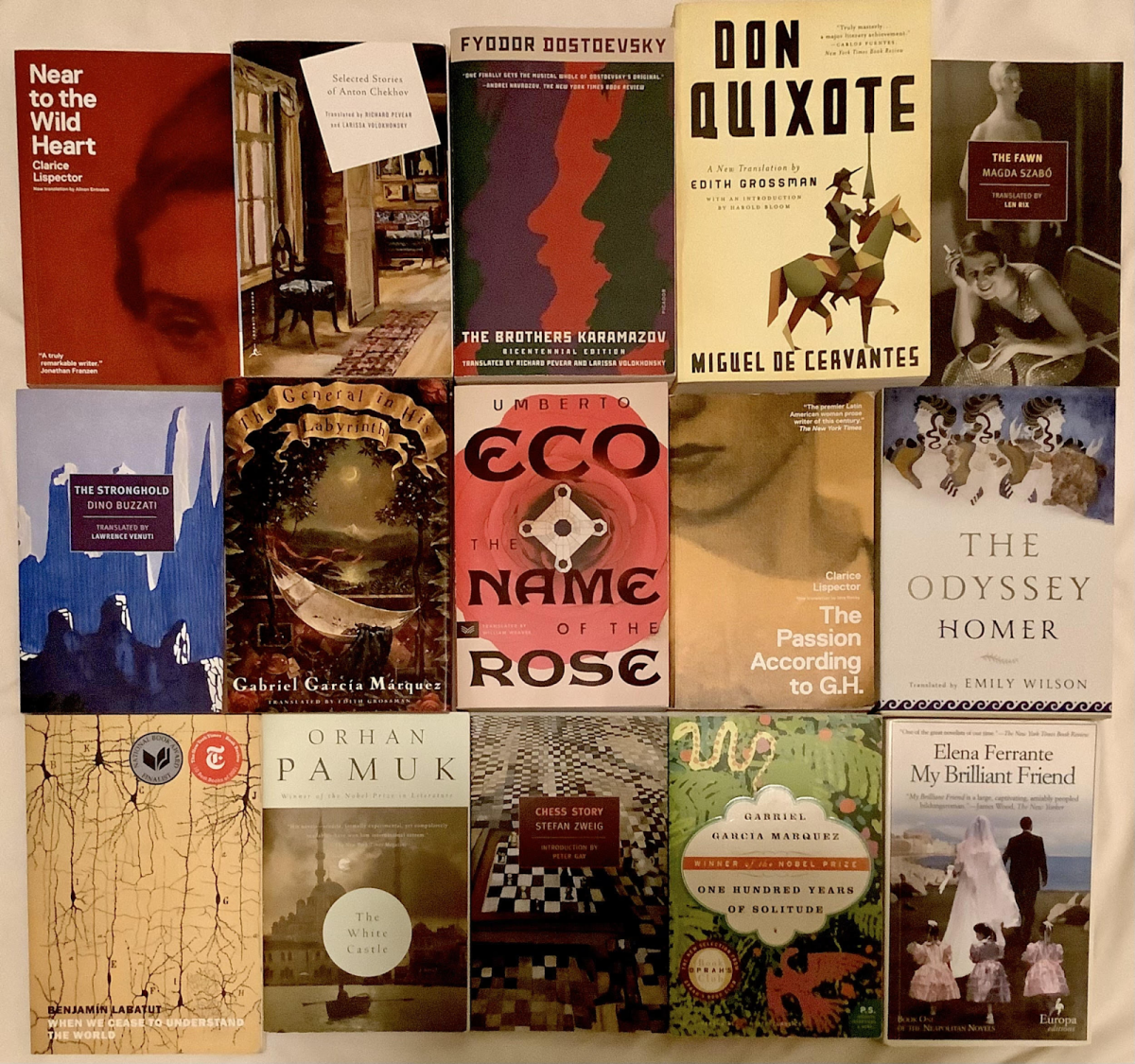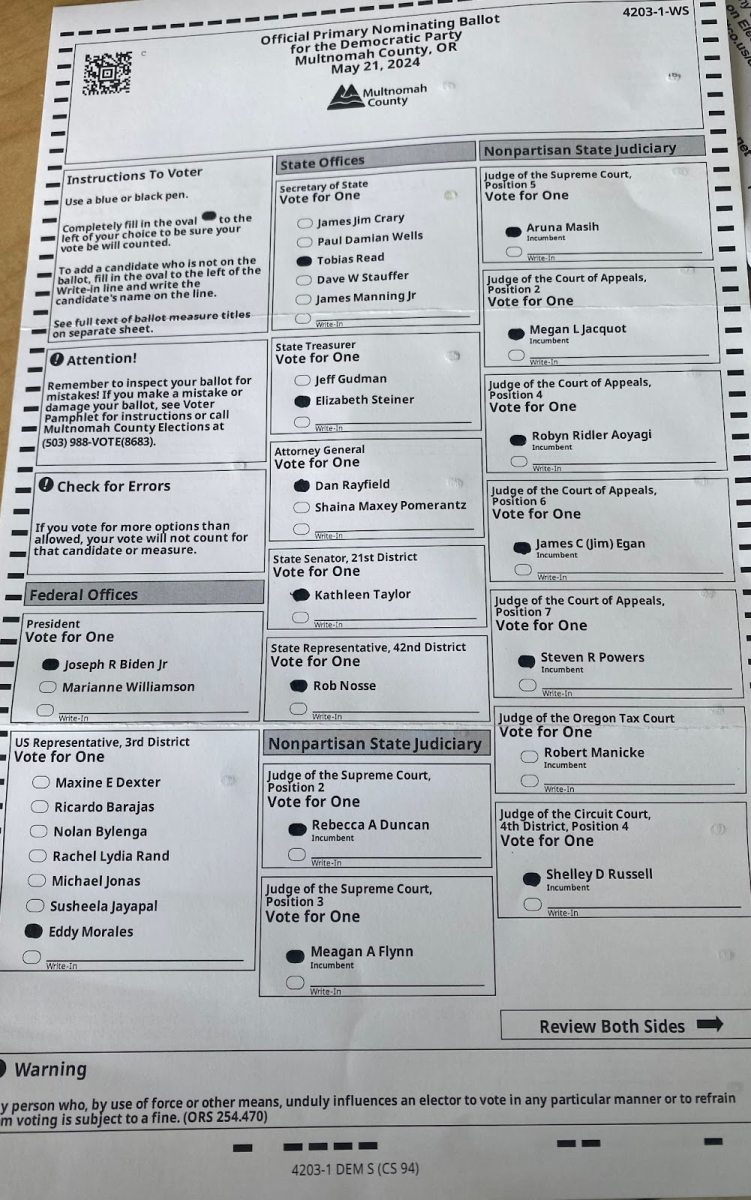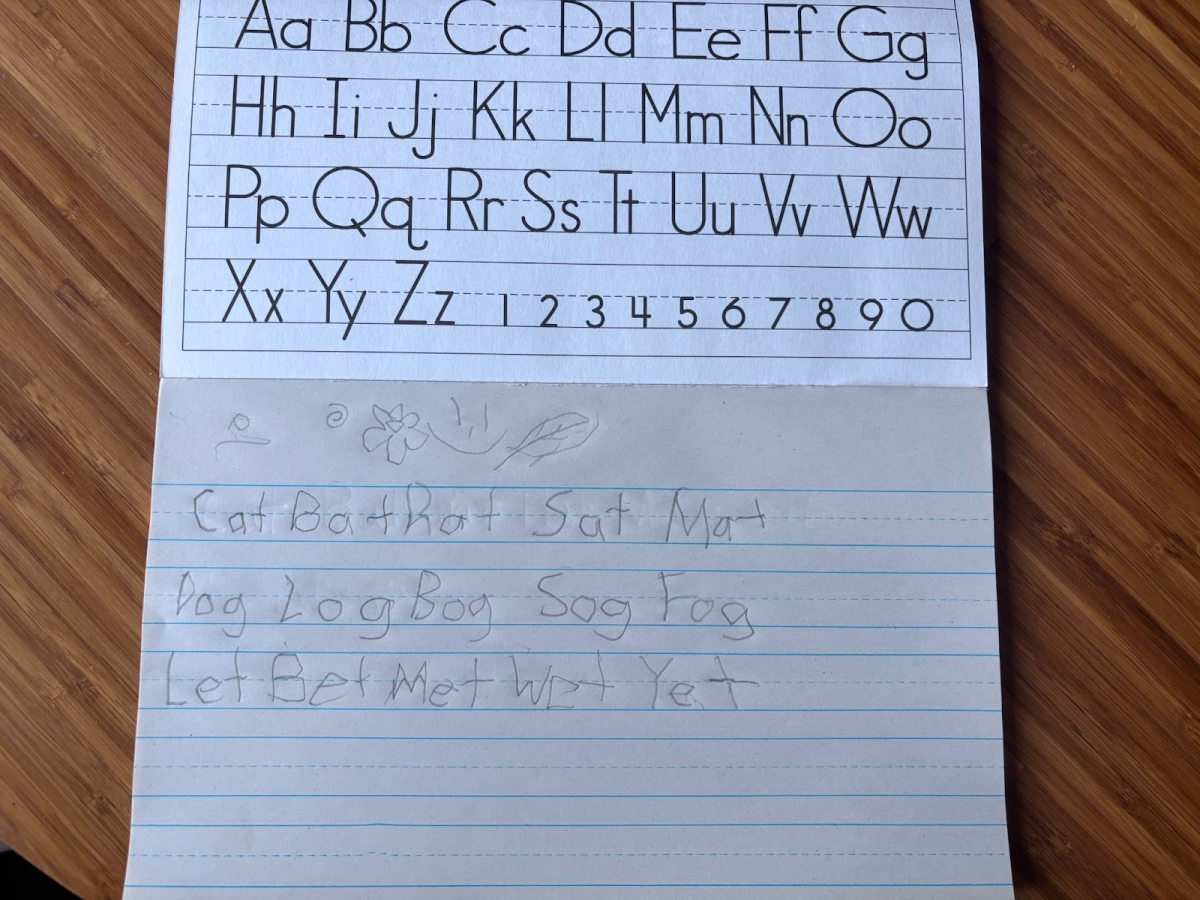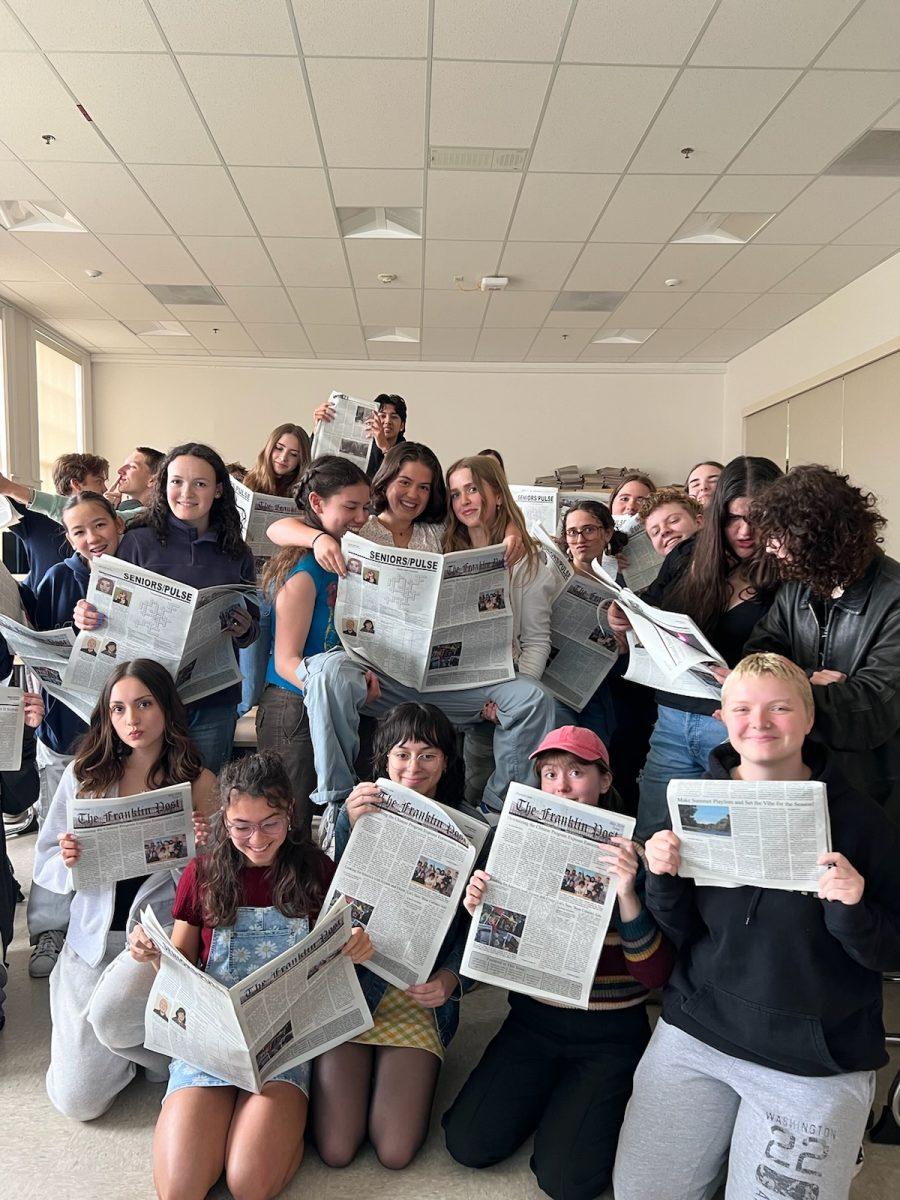
It’s fair to say that Franklin’s community has a unique relationship with the Franklin Post, the student-run newspaper produced monthly by Elizabeth Kirsch’s Advanced Journalism class. In the modern age, where most people have a fully functioning supercomputer in their pockets, the need for print media to inform and entertain the masses has significantly decreased. Although the Post has a website of its own (fhspost.com) where its audience can digitally access everything they might find in a physical issue of the paper, the readership is still limited (if engaged). As a result, the Post’s literary page, a home for student-submitted stories, satire, poetry, and more, ends up facing a familiar problem: not having enough submissions. After all, when people aren’t reading, or at least aren’t intimately familiar with how the Post functions, they probably aren’t going to be writing for it either.
“I didn’t even know that I could submit my work when I had sent something in,” says Caleb Byrne (11), who submitted to the Post for the first time this year and has contributed satire, illustrations, and even a research essay on how stress affects high school students to the newspaper. “I just did it on a whim.” Two years prior, Ilse Stacklie-Vogt (11) had a similarly soft introduction to the Post and its literary page, saying, “The first way I was exposed to it was as a freshman, picking up the newspaper and seeing a tiny thing that said, ‘If you have submissions email us here.’ After that, I had it on my to-do list to write something good enough for the Post.”
This gated-off mentality that some students might have when considering submitting their work to the Post, as well as the general lack of knowledge that the paper accepts work from those outside the class, are fairly common reasons for shying away from submission. However, it wasn’t quite enough to stop these two. “I couldn’t count [the times I’ve submitted], but probably at least three to five times,” says Stacklie-Vogt. Byrne is slightly newer to the party, having submitted just twice during this year’s run of issues. Each of them has their own purpose in submitting their work, as well as a distinct experience with doing so.
“I enjoy writing, and I wasn’t confident in my ability to do so for a long time,” says Byrne. “I was worried about submitting at first, but after the fact all of my worries really dissipated.” Byrne and Stacklie-Vogt had different experiences with editorial feedback concerning their submitted works, which may be a result of the mediums in which the two writers found themselves working (satire and articles vs. poetry, respectively). This may be something to consider for those who potentially plan to submit in the future. “[The feedback] was constructive, I got a whole written paragraph email about what I could change,” Byrne says. In contrast, some of Stacklie-Vogt’s submissions made their way into the paper without her even knowing until she opened the issue itself. This is likely to be an impermanent issue, more dependent on who is editing the literary page in the given year. Still, the benefits of submitting are undeniable to any young writer, especially one who might not have experience with having their work published otherwise. “It’s a very open platform, and I think it’s a good stepping stone if you want to submit your work somewhere outside of school,” Stacklie-Vogt says. “It’s also a good confidence boost just to say, ‘Here I am published in a newspaper. Maybe I can do even more elsewhere.’” Byrne echoes this sentiment, with his own unique take-away from submitting: “Apparently there’s a janitor who’s very into my writing.” In addition to this, he went on to say, “I think it’s an empowering experience to have something you may not be totally confident about printed in the paper for people to read. Getting compliments back on that is one of the best feelings.” In short, there’s no fear of not meeting that imaginary benchmark of what is “good enough” for the Post. It’s more about just how good submitting can be for you.


































